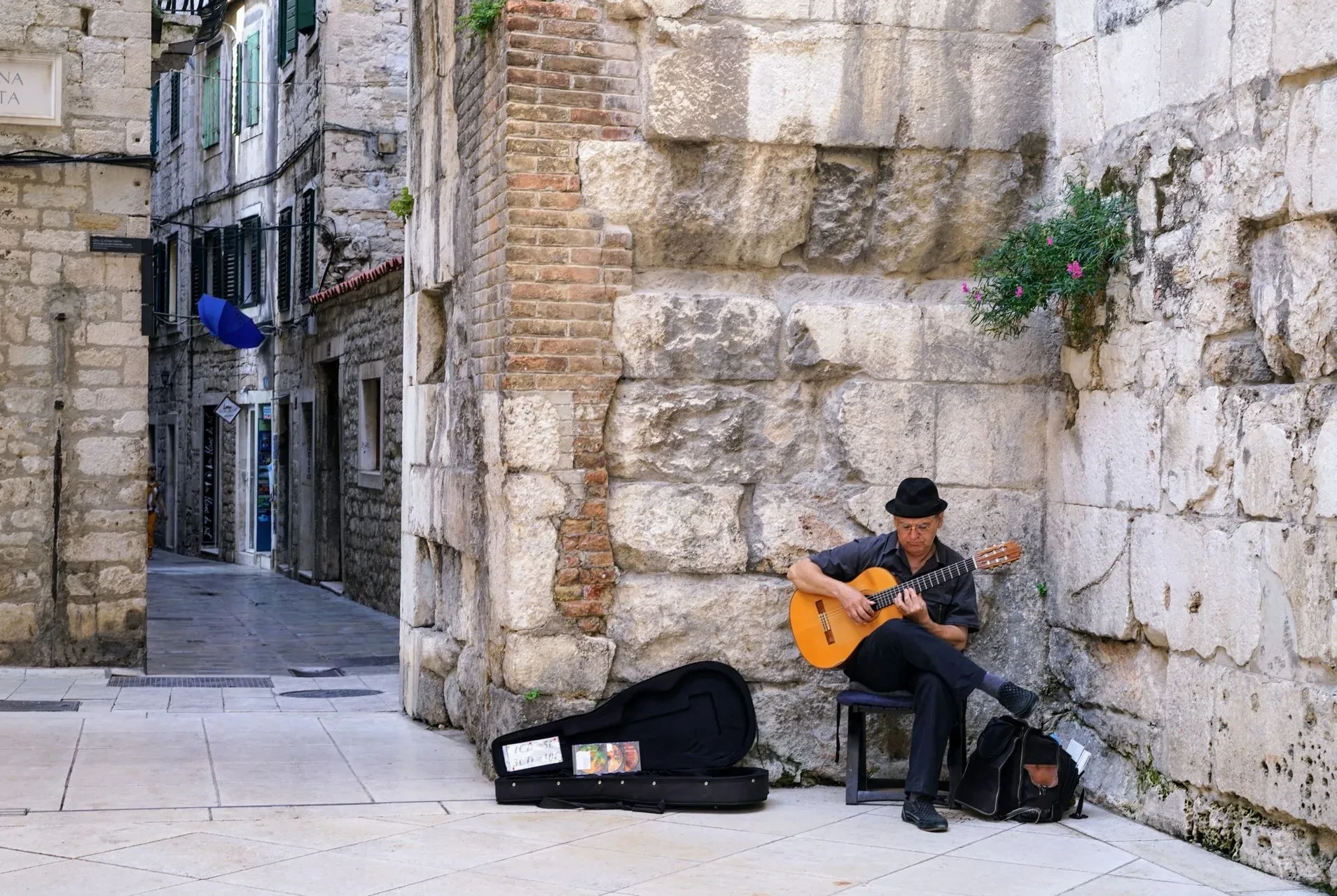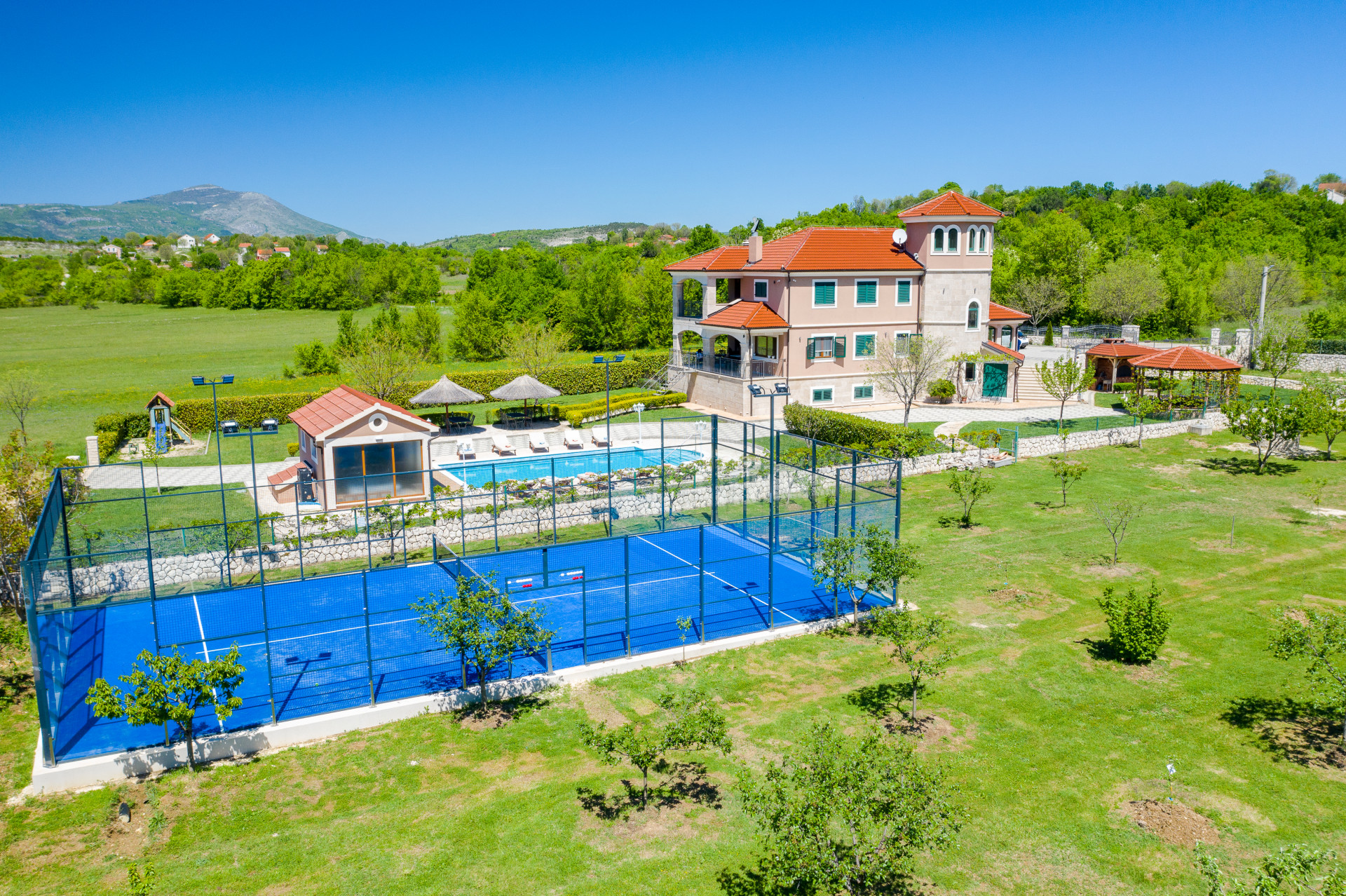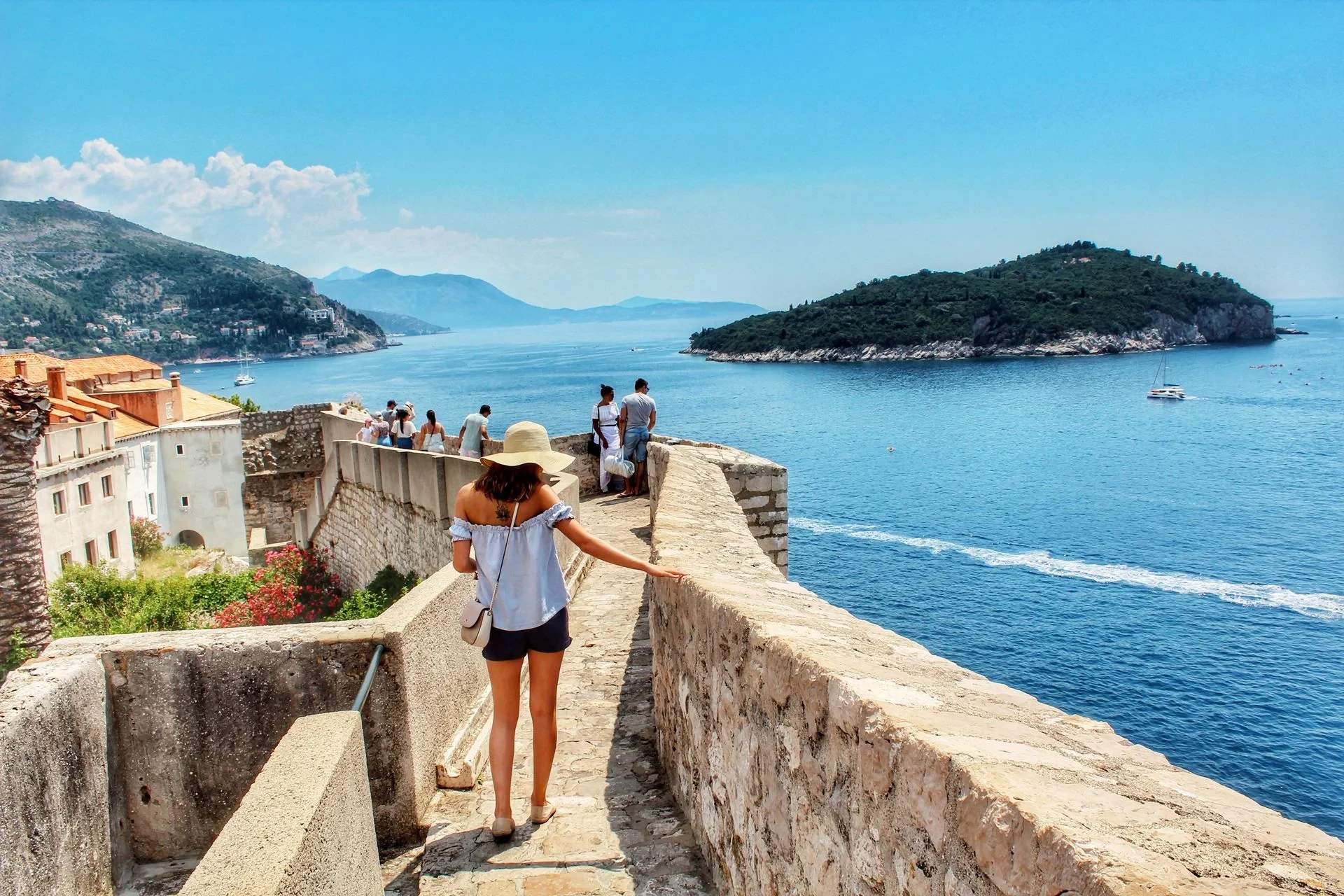Easter in Croatia is not only a time of vibrant traditions and customs but also a celebration that brings families and communities together around the dinner table. The holiday is marked by an array of delicious, traditional dishes that are as much a part of the festivities as the decorated eggs and church processions. These culinary delights, steeped in history and tradition, offer a glimpse into the heart of Croatian culture and its festive spirit. Whether you're a food lover, a cultural enthusiast, or simply curious, let's embark on a flavorful journey through the traditional Easter foods of Croatia, a feast that rejoices in the renewal of spring.
The Blessed Basket: "Šunka," "Sirnica," and "Pisanice"
Easter Sunday in Croatia begins with the blessing of the Easter basket at the local church. This basket contains the core elements of the day's feast, each with its own symbolic meaning and place at the table.
Šunka (Easter Ham): The centerpiece of the Easter meal, šunka is a succulent, smoked ham that represents the joy and abundance of the season. It's typically prepared and cooked slowly, resulting in a tender and flavorful dish that's enjoyed by everyone at the feast.
Sirnica/Pinca (Easter Bread): This sweet, leavened bread is a symbol of Jesus Christ and the bread of life. It's marked with a cross on top before baking and often flavored with citrus zest and raisins, offering a soft, sweet counterpart to the savory dishes.
Pisanice (Decorated Eggs): Hard-boiled eggs, beautifully decorated with traditional patterns, are not only a decoration but also part of the meal. They symbolize new life and the resurrection. A popular game involves tapping eggs against each other to see whose egg will crack first, with the winner expecting a year of good luck.
The Side Dishes: "Hren" and Spring Vegetables
Hren (Horseradish): Often served as a condiment with the šunka, hren represents the bitterness of the Passion of Christ. It's typically grated and mixed with vinegar, beetroot, and sometimes cream, balancing the rich flavors of the ham and adding a spicy kick to the meal.
Spring Vegetables: Fresh, seasonal vegetables such as asparagus, spring onions, and radishes are commonly served as side dishes. They are a testament to the season's renewal and provide a fresh, light contrast to the heavier meats and breads.
The Sweet Endings: Regional Delicacies from Dalmatia and Northern Croatia
In Croatia, Easter desserts vary not only from household to household but also from region to region, reflecting the diverse culinary traditions that have evolved over centuries. Let's explore the unique sweet treats that grace the Easter tables of Dalmatia in the south and Northern Croatia, each offering a delightful conclusion to the festive feast.
Dalmatian Delights:
Fritule: These small, golden balls of dough are deep-fried to perfection and often flavored with citrus zest, rum, and raisins. Resembling miniature doughnuts, fritule are a beloved Dalmatian Easter treat, enjoyed by young and old alike. They are often dusted with powdered sugar before serving, adding a touch of sweetness to every bite.
Rozata: Hailing from the coastal city of Dubrovnik, rozata is a creamy, caramelized custard dessert with a hint of rosewater or citrus. It's traditionally baked in a round mold and inverted before serving, creating a beautiful caramel glaze on top. Rozata is a symbol of indulgence and celebration, making it a fitting finale to the Easter meal in Dalmatia.
Northern Croatian Nostalgia:
Povitica: Also known as "potica" in some regions, povitica is a traditional rolled cake filled with a sweet walnut mixture. Its origins can be traced back to Northern Croatia, where it's a staple of Easter celebrations. The dough is stretched thin and layered with a rich filling of ground walnuts, sugar, and spices before being rolled into a spiral. Povitica is a labor of love, requiring skill and patience, but its delicious taste and impressive appearance make it a cherished part of the Easter feast.
Makovnjača: Another iconic dessert from Northern Croatia, makovnjača is a poppy seed roll that's a symbol of prosperity and abundance. The dough is rolled out thinly and spread with a sweet filling made from ground poppy seeds, sugar, and sometimes grated apple or lemon zest. Once baked to golden perfection, makovnjača is sliced into rounds and served as a delightful sweet ending to the Easter meal.
The Spirit of Sharing and Togetherness
Beyond the sumptuous dishes and the intricate preparations, the essence of Croatian Easter food lies in the spirit of sharing and togetherness. The holiday is an opportunity for families to gather, share stories, and create memories over a shared meal. It's a time when the flavors on the table intertwine with the tales of the past, celebrating not only the religious aspects of Easter but also the universal themes of renewal, hope, and family.
Croatian Easter food is a vibrant mosaic of flavors, textures, and meanings, reflecting the country's rich cultural tapestry. Whether you're exploring these traditions for the first time or incorporating them into your Easter celebrations, the feast offers a delicious journey through the heart of Croatian heritage. As spring reawakens the world, the Easter table in Croatia stands as a testament to the joy, abundance, and togetherness that define the season.












